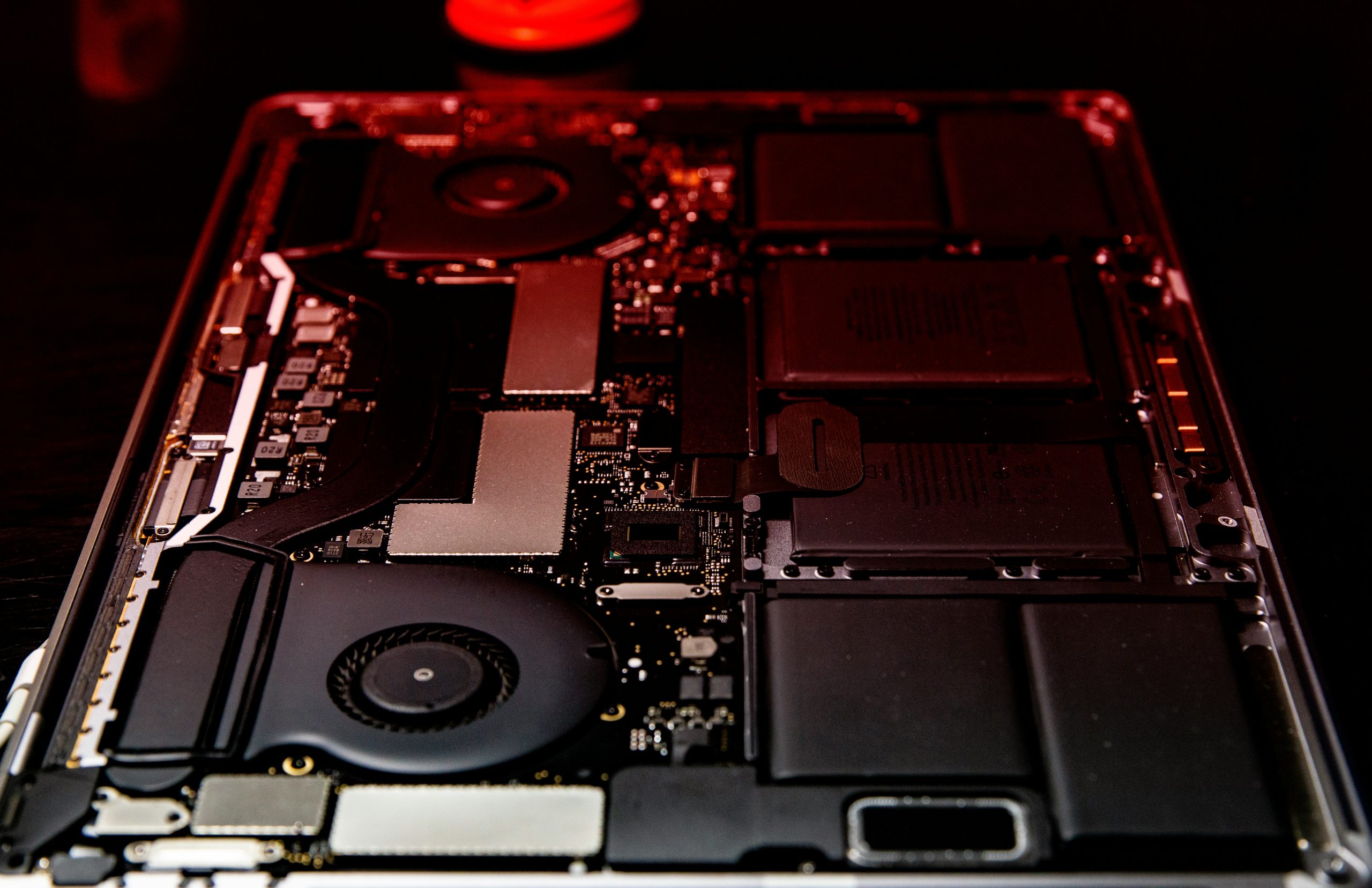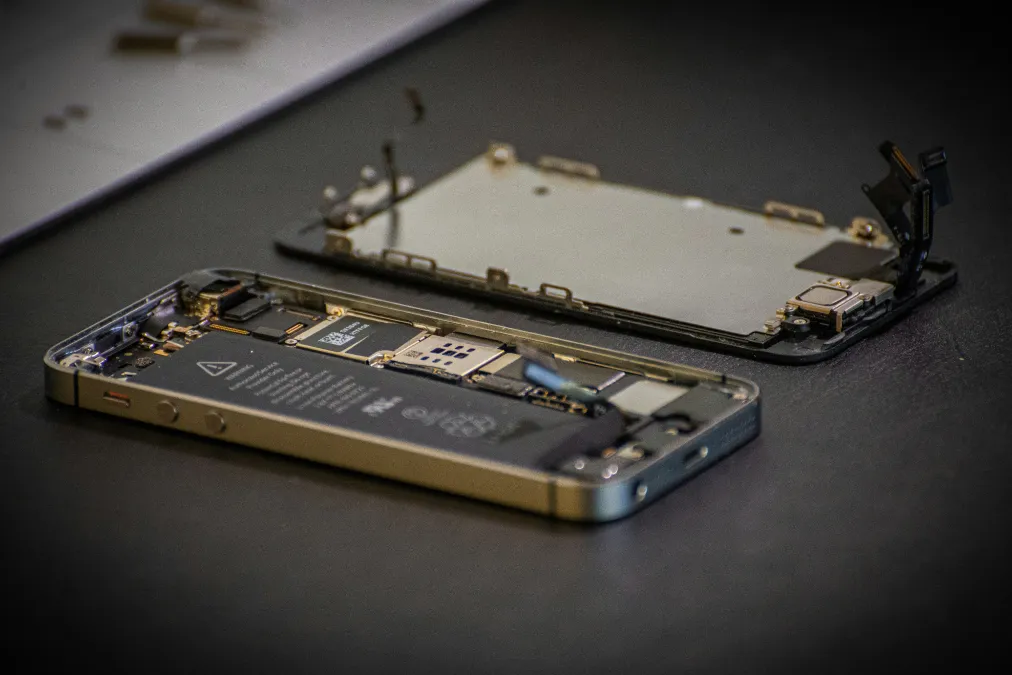In April 2024, the European Parliament officially adopted the Ecodesign for Sustainable Products Regulation (ESPR), a groundbreaking law designed to extend the life of consumer products and improve their environmental impact. This new regulation builds upon the previous Ecodesign Directive, which successfully set energy efficiency standards for over 40 product groups. These regulations have already reduced energy consumption by 10% and saved European households over € 120 billion in energy bills. Pressure group ‘The Right to Repair Europe’, with members like Back Market and Swappie, remains alert on latest developments.
However, the ESPR goes beyond just energy efficiency. It applies to almost all product categories, addressing environmental issues from manufacturing to end-of-life, including reparability, durability, and the fight against premature obsolescence. The regulation also bans the destruction of unsold textiles, with a potential ban for electronics looming on the horizon, and introduces a digital product passport, which will provide consumers with vital information about products throughout their lifecycle.
Repair revolution
A significant component of the ESPR is the push for reparability requirements. While some repairability measures have already been introduced for select product groups under the current Ecodesign Directive, the ESPR framework promises to broaden this scope. The regulation aims to ensure that products are designed with repairability in mind by mandating the availability of spare parts, improving access to repair information, and making it harder for manufacturers to design products that are impossible or too costly to repair.
One of the coalition's major concerns is the cost of spare parts. In some cases, replacement parts can cost up to 160% of the original product price, making repairs prohibitively expensive. Activists are advocating for a repairability score that includes the cost of spare parts to ensure manufacturers don’t escape accountability by setting high prices.
Digital Product Passport: informed choices for consumers
To empower consumers, the ESPR introduces a Digital Product Passport, which will provide information about a product’s repairability, durability, and maintenance requirements. This information will be available through an online registry, allowing buyers to make informed decisions about the products they purchase. Such measures align with broader goals of resource conservation and sustainability, ensuring products last longer and are easier to repair.
Challenges and missed opportunities
Despite its ambitions, the ESPR still faces some hurdles. For example, while the law bans the destruction of unsold textiles, it falls short of banning the destruction of unsold electronics—a practice that environmental advocates argue wastes valuable resources. Although electronic goods will receive special attention in the upcoming Commission reviews, the absence of an immediate ban represents a missed opportunity for environmental progress.
There are also concerns about loopholes in the legislation, particularly the allowance of voluntary agreements. Historically, voluntary agreements between industries and regulators have failed to produce effective environmental results, as seen with the printer industry. Despite these concerns, the ESPR includes oversight measures, with voluntary agreements being subject to scrutiny from the Ecodesign Forum.
Another unresolved issue is the enforcement of the ESPR for products sold on online platforms. The regulation refers to the **Digital Service Act (DSA)** for managing compliance on these platforms, but the DSA has not yet been fully implemented. It remains uncertain whether the DSA will effectively hold online platforms accountable for ensuring the safety and sustainability of the products they sell.
Next steps
The ESPR is set to enter into force this year, with a new Ecodesign Forum to be established in the autumn. This forum will play a crucial role in setting the next phase of the regulation, including identifying which product groups will be prioritized for new standards. The first Working Plan, outlining the timeline for implementing these changes, is expected in March 2025.
Conclusion
The ESPR has the potential to revolutionize product design, with a focus on sustainability and reparability. While the road ahead may be slow and complex, the regulation represents a significant step forward in reducing waste and improving environmental standards across Europe. By empowering consumers with better information and setting minimum standards for product durability and repair, the ESPR could help decouple economic growth from resource depletion.
Source: Right to Repair
Market

Trade-in

Repair

Interested in the global market for used electronics?
From now on, you'll never miss a thing and can easily stay up to date with the latest developments in the secondary market. Sign up today for the newsletter from secondarymarket.news. It's filled with the latest news, trends, developments, and gossip. Stay informed and don't miss out on anything!
Daily (except on Sundays), you'll receive the latest news from the global secondary market straight to your inbox after registering. This way, you'll always stay up to date with the latest secondary market developments and trends.





